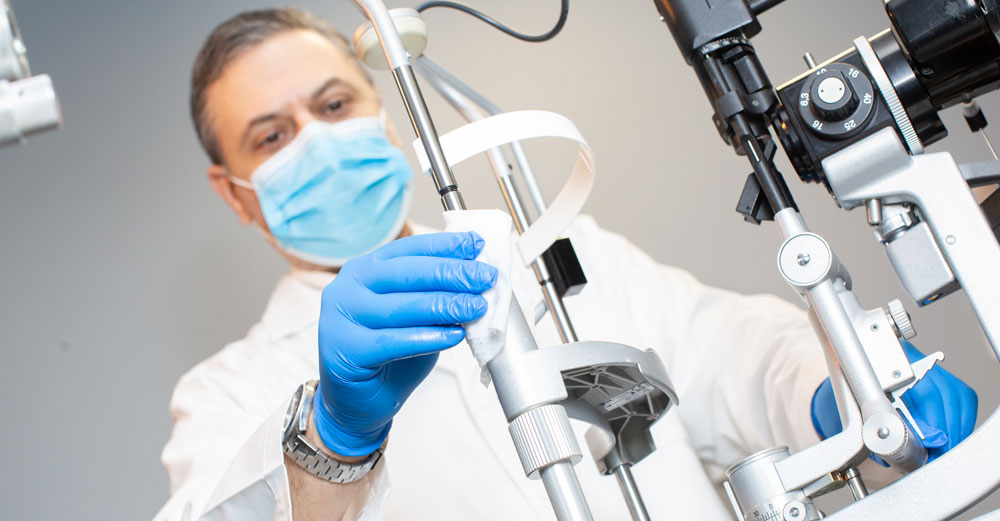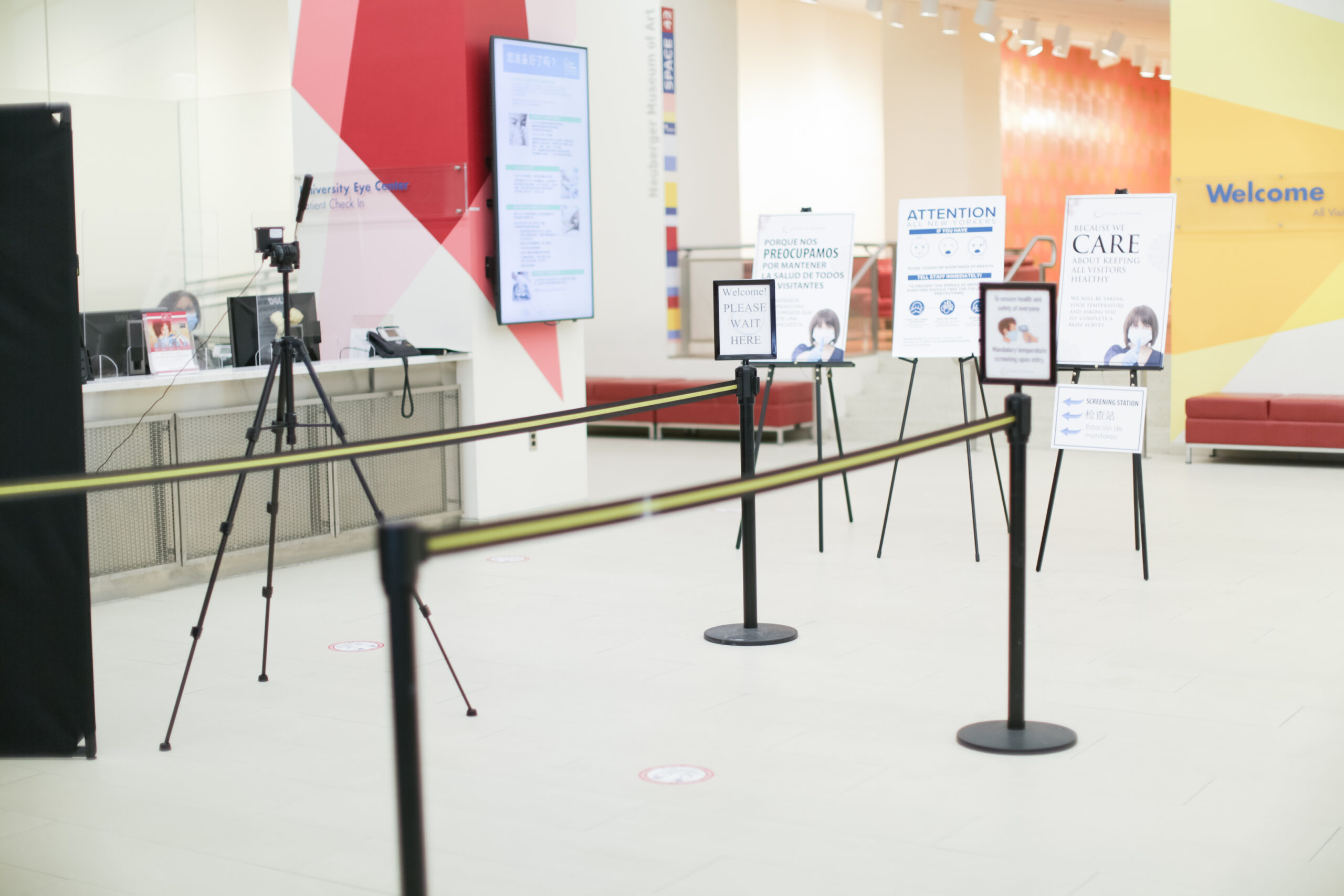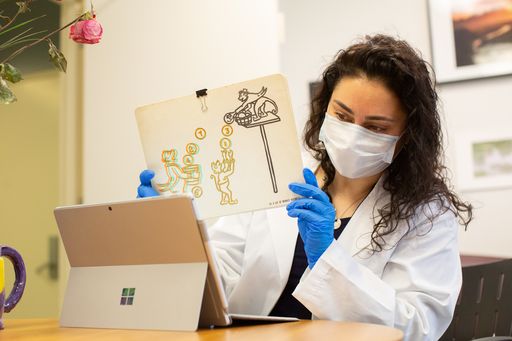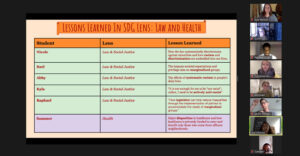
The way people schedule and attend doctor’s appointments has been altered during this time of COVID-19 and social distancing, and eye exams are no exception. August is National Eye Exam month, and it’s a reminder of how important it still is to schedule an all-encompassing eye exam for a number of reasons: to prevent headaches, determine your proper prescription, discover any eye conditions and prevent future conditions, and more. Yet, there may be some hesitation in scheduling an appointment due to concerns of COVID-19.
The SUNY College of Optometry is a key eye care center in the middle of New York City, and a primary source of our next generation of eye care professionals. Many people may be curious about how their staff is continuing to serve their patients throughout the pandemic, what has changed operationally, and what connections can be found between eye health and COVID-19?
We recently checked in with Dr. Calderon, who is the Chief of Primary Care and Assistant Clinical Professor at the University Eye Center, to find answers to these questions.
How have operations changed at the University Eye Center?

Dr. Calderon shared that the Center’s overall scheduling numbers have been down since the start of the pandemic, but they are ramping up to about 70-80 percent of the capacity they would normally be at in the fall, whereas they were around 35-50% capacity capacity in the earlier summer months of the pandemic. Because there is limited space in the waiting room, they have to reduce the daily patient limit, while ensuring to sanitize all rooms and areas before the patient enters. Hand sanitizing stations have also been added to the lobby and waiting areas and the Center has installed a Plexiglas protective barriers at the receptionists’ desk for added safety. In terms of PPE, all interns and doctors are required to wear surgical masks when interacting with patients, and it is highly recommended that they wear face shields or goggles.
Additionally, all doctors have been fit tested and given a N-95 respirator mask. The exam rooms have also been equipped with appropriate protective shields for different elements of testing. When asked about their PPE supply, Dr. Calderon relayed that they are doing fine, as the UEC made calculations and ordered enough PPE over the late spring and early summer months when the patient load was lower, so they anticipate having enough to carry them through the coming months. They also received donations of PPE from some industry partners to add to their collection.
What is different about appointment scheduling and intake?
When patients schedule an appointment, they are asked to come unaccompanied to limit the number of people in the office, unless if they physically need someone to accompany them. Another element that has changed is that the Center is trying to limit the number of times each patient leaves the exam room by conducting as many facets of the eye exam in the same room (e.g., testing for glasses, eye dilation, etc.). When patients arrive, they are required to wear face coverings, have their temperature checked, and they verbally answer a screening survey that includes questions having to do with COVID symptoms and exposure to individuals with COVID. Dr. Calderon noted that for patients who are not comfortable visiting the Center or who are high-risk, SUNY Optometry is offering telehealth vists, if the appointment is able to be held over a mediated platform.
Do eye exams have a way to help with COVID-19 tracking?
When asked what ocular symptoms may be present when one has COVID-19, Dr. Calderon said to be on the lookout for conjunctivitis, which is the inflammation or infection of the outer membrane of the eyeball and the inner eyelids. Though conjunctivitis can be an associated ocular manifestation in patients with COVID-19, it is not very commonly seen in patients with COVID-19. It has mostly been found in older patients and patients who are in the moderate, severe, or critical stages of novel coronavirus pneumonia (NCP). However, some recent studies have found that younger patients, particularly children, whether they present with conjunctivitis or not, may have the virus present in their tears, and could thereby transmit the virus through their tears
What is important for eye protection for COVID-19 prevention?
The CDC does recommend eye protection for healthcare workers, but the main line of defense for everyone is to remember to frequently wash your hands. If you don’t have access to water/soap, you can make use of alcohol-based hand sanitizer as a result. Dr. Calderon leaves us with one parting piece of advice to protect your eyes “the most important thing is to wash your hands and avoid touching your eyes, nose, and mouth.”





That’s cool that eye exams could help with headaches. I like the idea of avoiding those. I should consider getting my eyes checked so I can avoid as much pain as possible.